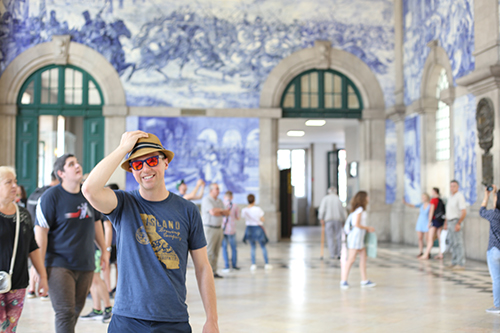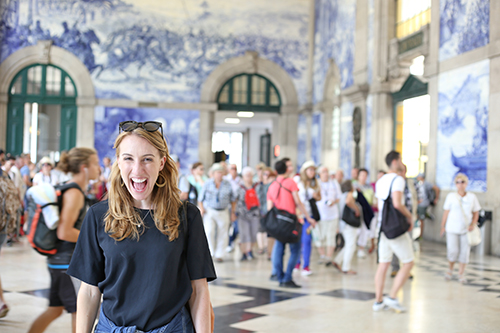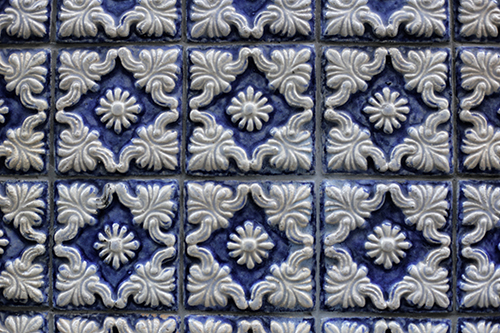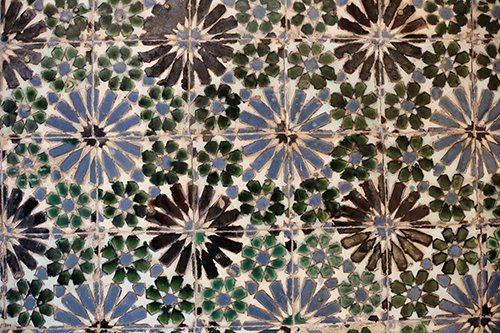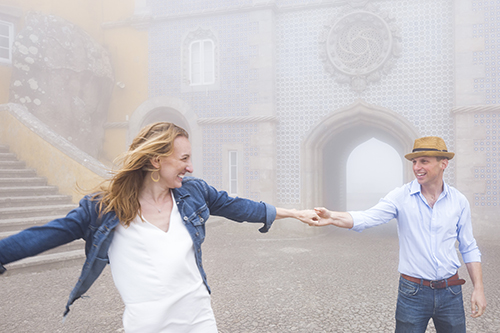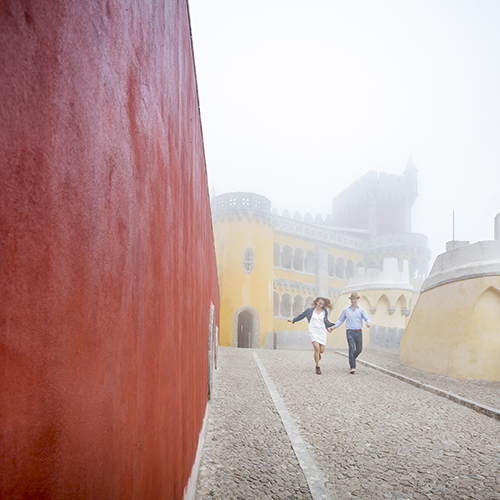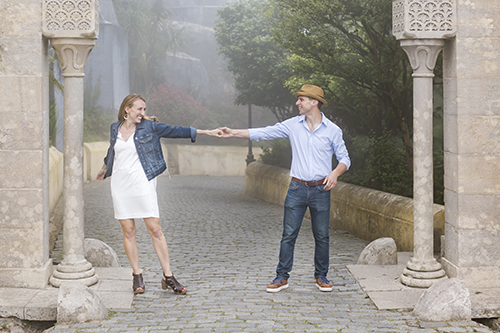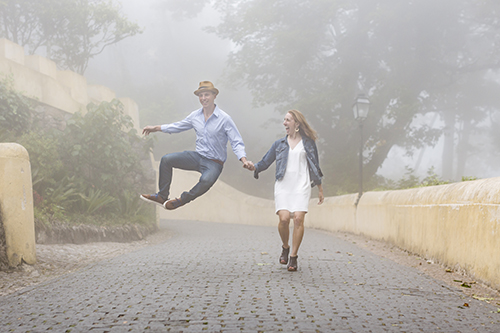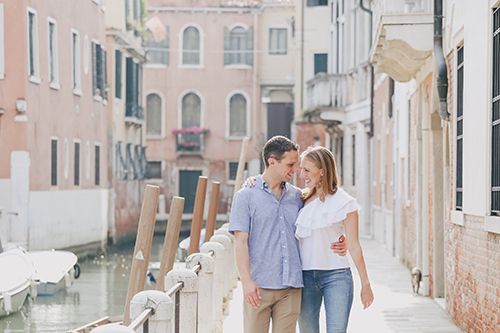

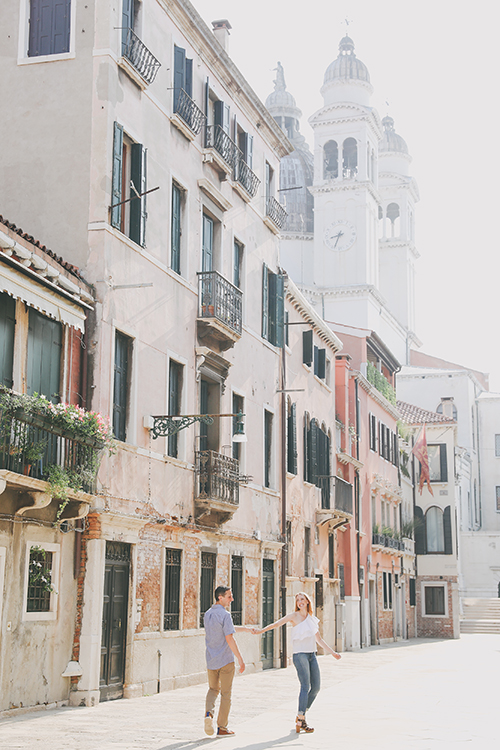
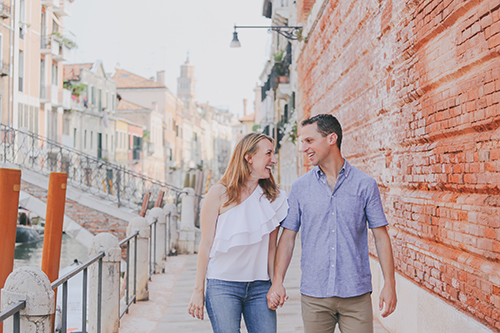

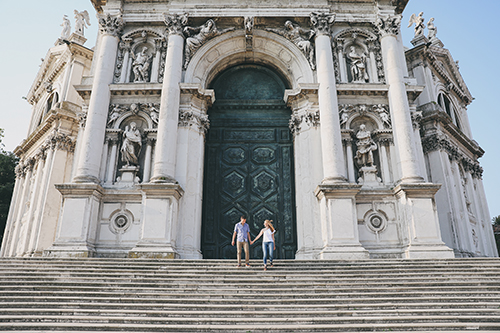
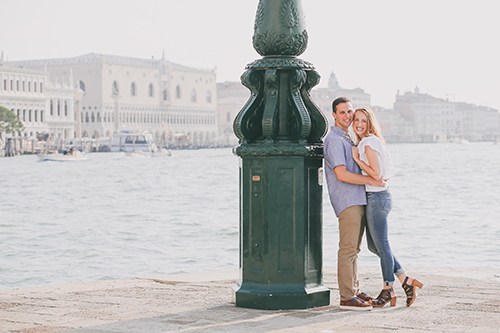
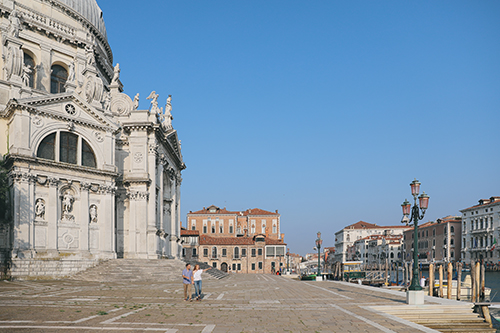
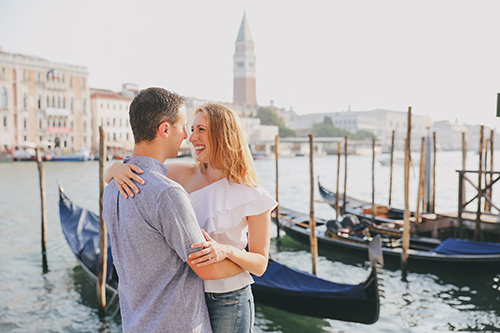
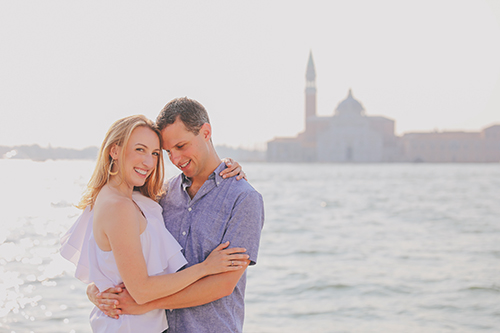
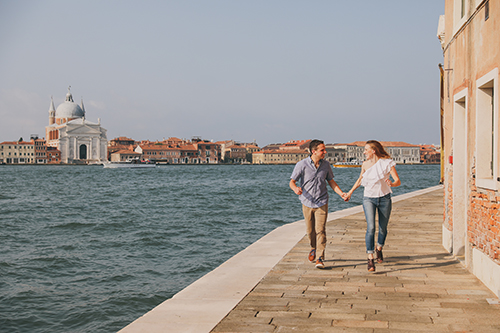


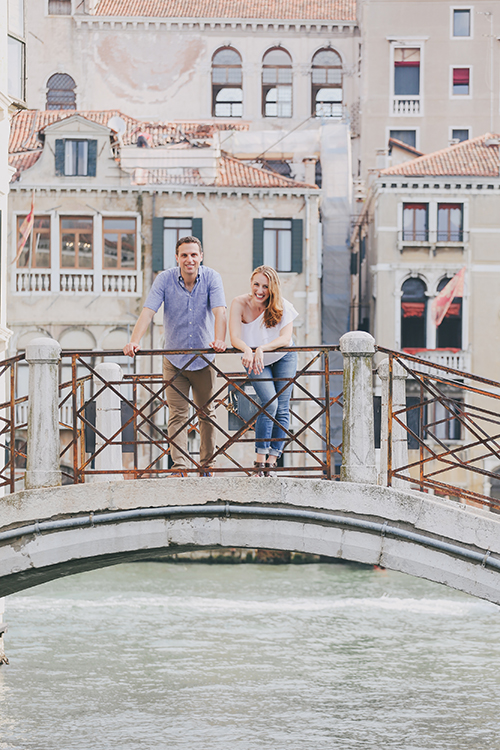
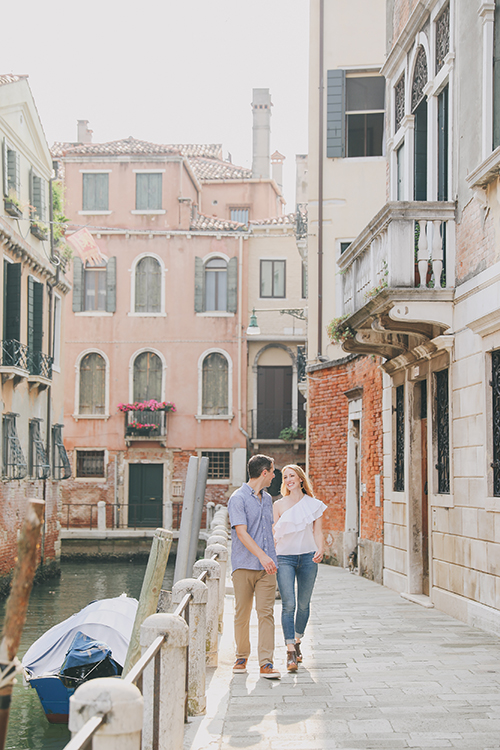
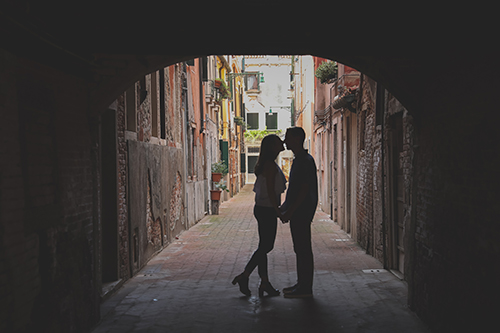
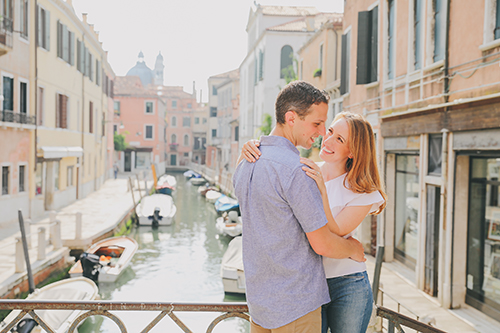

it's 40k kilometers around the world's circumference

















One of the true highlights of this trip are its meals. And not only because the food, the wine, and the atmosphere of so many of them are beyond special. Breakfast, lunch and dinner are all times that Lindsey and I get to completely slow down, be together, and just talk about our honeymoon, our wedding, and our future plans. I’ll try to capture our favorite spots:
Alma by Henrique Sa Pessoa – the small tastes at the start of the meal might have been my favorite, but the sardine and suckling piglet still make my mouth water. We highly recommend this small Lisbon restaurant.
O Paparico in Porto – knocking on a door to enter into a restaurant that brought us back in time, it almost doesn’t matter how good the food is because the experience starts off so well. The food doesn’t disappoint either. A couple favorites from here are the terrine and the clams in a pork sauce.
Pedro Lemos – We get the corner table so that we can watch as the restaurant fills up because our 8:30pm reservation is a little on the early side. The standout dish from PL is the seared tuna with wasabi pearl onions.
DOC by Chef Rui Paula – Sitting right along the Douro river, we split several apps and mains, and this may be the best octopus we’ve ever tasted.
Six Senses – Right at our hotel in the Douro Valley, we have one of the best lamb shoulders we’ve ever had (not sure I’ve ever had one before). The view isn’t bad either.
Trattoria alla Madonna – We hear this place hasn’t changed in the last 50 years, and decide to try it out on our first night in Venice. The fish risotto, branzino, and tiramisu can’t be missed!
Osteria Acquastanca – A surprise hole-in-the-wall on the island of Murano. It was quiet, cool, and the food, especially the gnocchi, is homemade and great.
Antiche Carampane – Super small and Italian and away from the tourists of Venice, this spot had some delicious squid ink tagliatelle followed by some bite-sized soft shell crab cooked perfectly.
Al Covo – A beautifully done Americanized restaurant in Venice. The excellent service was the most familiar to us, and the food was great with our favorite being a meat rigatoni dish.
The pictures tell the story. This city built with canals as streets, gondolas as its taxis, and a beautifully decaying charm, creates a wonderfully romantic atmosphere.
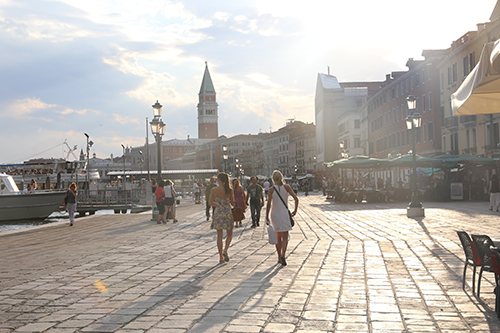
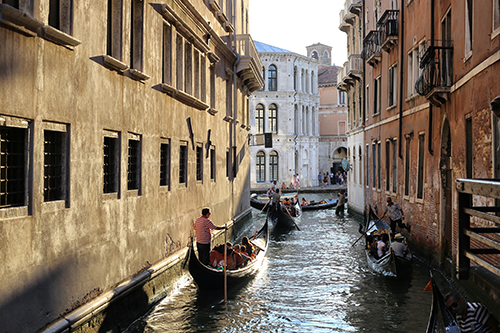
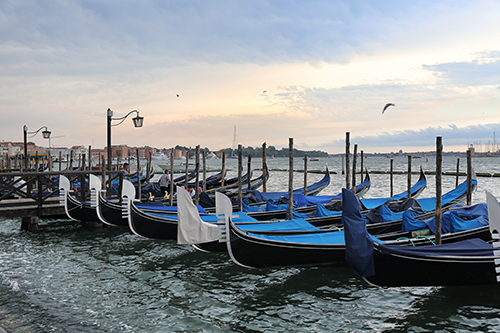
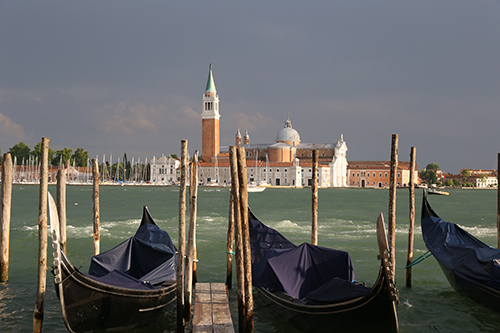
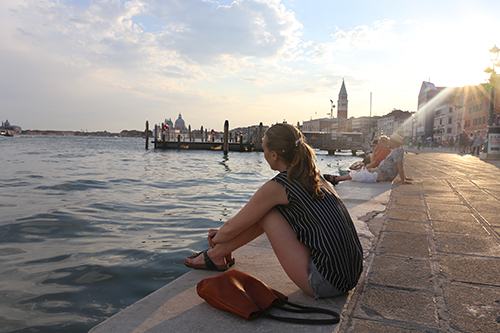
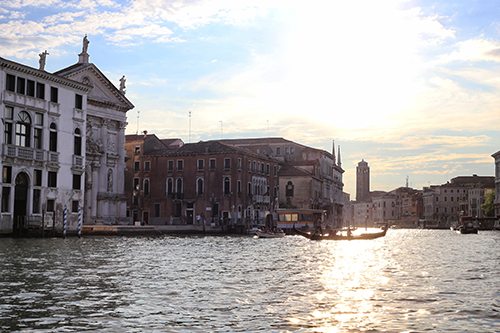


For as touristy as we know it will be and as it ends up being, the glass blowing demonstration while on Murano Island near Venice is spectacular. We find ourselves two seats in a hot studio that is somehow much hotter than the very hot day outside. The actors of the show are a master glassblower and his assistant. In very little time, the master turns Murano glass pieces into a cup. All of the colors in Murano glass are not painted, but are of the glass itself; therefore, the color will never fade or wash. Then in only seconds time, the master glassblower shapes a solid piece of glass into a horse. The precision, the ease, the teamwork of the master and his assistant, and the design all combine to make a very entertaining demonstration.

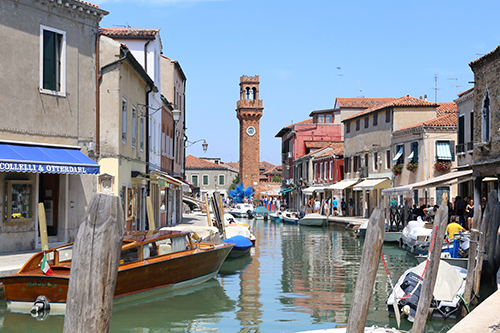
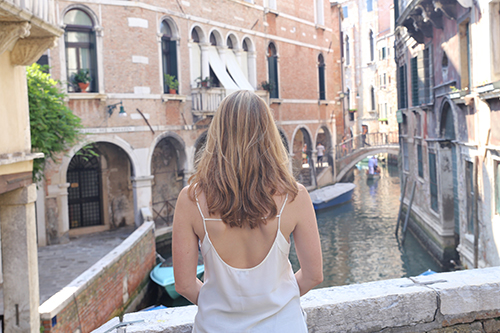
I’ve never been much of a history buff. The past already happened, irrelevant beyond memorization for exams. But Venice? Venice captivated.
We arrived by private boat, speeding through the ocean then slowing to the 5mph speed limit to grace the Grand Canal. Our hotel entrance was unabashedly grand, a contrast to our departure by foot where we were greeted by alleys so narrow you could barely see the sky. We both had a fear stricken moment wondering if all of Venice would be this claustrophobic, but then the alley opened to a street with a corner café. We eagerly got lost, taking in the beauty of a crumbling city, covered in salt from the sea. Venice felt special right from the beginning.
The next morning, we navigated the streets, leaving twice as early as Google advised, to meet Lorenza Smith. Our tour guide for the morning was a Venetian, author of Venice: Art & History, and professor in New York – overqualified for our Day in the Life in the Renaissance agenda. The general content of the tour I was sure I’d heard in Latin class long ago, but this was different. This tour brought the city to life for us, the magic we’d sensed served to us in stories of the most opulent and enduring Empire ever built.
It’s comforting to believe that history is in the past, that the terrible or foolish or inane things that happened were because people were unevolved, unsophisticated, animalistic. But in Venice, the likenesses to today were undeniable, right down to the beauty routines. Venetian women would spread their hair out on a wide-brimmed hat, mixing concoctions to lighten it in much the same way as my friends and I used to spray Sun-In into our hair in the summer in the hopes of developing blonde highlights.
Venice was spectacular. It was a living museum full of new life, bodies from around the world, just as it had been in Venice many centuries before.
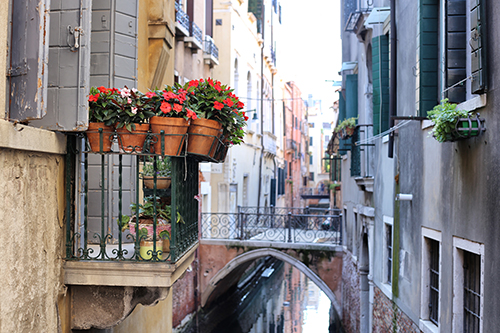
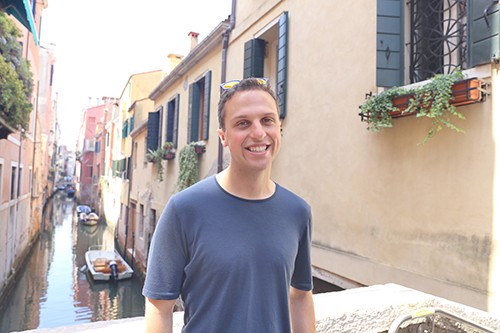
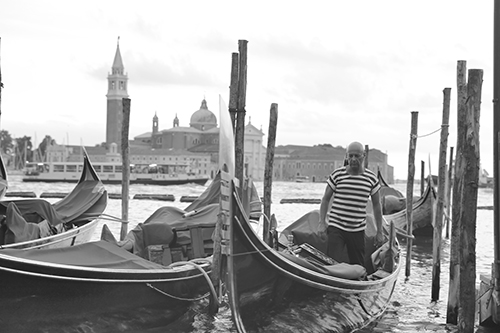
With the backdrop of the Tour de France happening in a fellow European nation not too far away, we spend our first morning in the Douro cycling through the vineyards. Moving between vines, we appreciate that not all wine regions are the same. The terraced Douro valley is particularly steep and manual. The only way to strip the vines of their grapes is by hand – no machine can traverse these terraces. We learn stories of people carrying incredibly heavy baskets up and down these hills. We first imagine a peaceful ride through the area, but we soon learn that the slopes and the loose gravel make this morning more of an adventure and less of a stroll. Luckily, the views have us stopping often to rest and take photos.

We seek adventure; however, we don’t always appreciate how much adventure we’re getting ourselves into. We sign up for a three-quarter day canyoning trip near the Douro. We’re picked up from the hotel after breakfast and driven through much of the countryside of Portugal. We arrive at the side of the river and change into our wetsuits, harnesses and helmets, which we believe is more for form than function. However, after only a couple meters into our excursion, we jump off a small cliff into the water. Given my healthy fear of heights, the adrenaline high begins here and doesn’t stop until we arrive back at our car four hours later. In-between, we repel down waterfalls, climb up waterfalls, scramble around rocks, cliff jump into river pools, and use moss-covered rocks as slides. Not for the faint of heart.
As our reward, our guide brings with him a homemade, traditional Portuguese picnic with corn bread, cheese, sausage, and homemade wine, port and grappa. Once we relax, we realize that we are very hungry, and truly enjoy our late afternoon picnic.





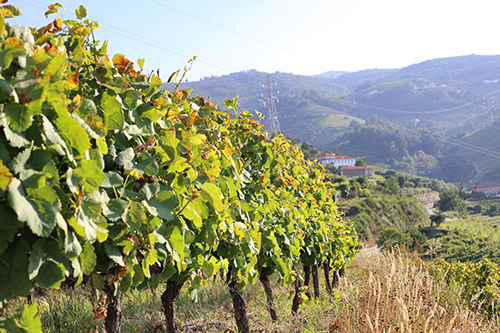


After learning more, we can appreciate almost any true craft, and port making is no exception. Which grapes to use, when to stop fermentation using grappa-esque liquor, if and how to age the drink, what to age the drink in, and how long to wait before drinking.
After spending over a week in Portugal, we learn and try many kinds of Port: white, ruby, tawny, vintage, late bottle vintage, and others. One tasting that will not blur with any of the others is from a very small producer in the Douro Valley named S. Leonardo. We climb up through the vines to the top of a hill on a very warm afternoon. Inside a small stone building, there are large barrels carrying carefully crafted vintages of port. Listening to the owner talk about his craft and his port, we are taken to generations past when we taste port that has been aged for 10, 20, 40, 60, and 100 years.
Port that has been aged for many many years takes on new and wonderful characteristics. The 100 year old port had flavors of caramel, chocolate, a little coffee, cherries, woodiness, and nuts.
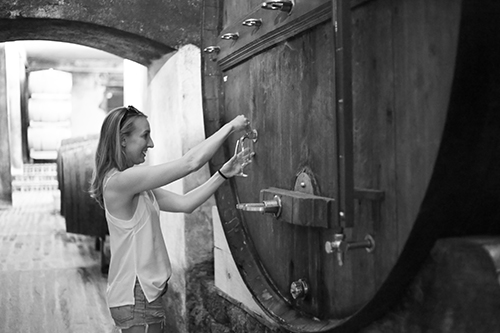


When traveling, all rental cars feel like a red convertible along a palm-tree lined beach road. Wind in hair, classic rock on the radio, and a glass-bottled Coca-Cola in the cup holder. A couple of the details are different in our case – the rental car is very compact and white, the music playing is by Portuguese artist Sara Tavares, and the drink is hydrating water, but the free-spirit sentiment remains.
Although only about a three hour drive from Lisbon to Porto, we find a small town along the way that had been recommended by our Vespa tour guide. Aveiro is Portugal’s version of Italy’s Venice. There are canals and gondolas and cute cafes and high-arching bridges. There seems to be a festival going on the day of our visit complete with live music and art installations. We have a perfectly toasted sandwich each, tour the town to stretch our legs, and then continue onward to Porto.
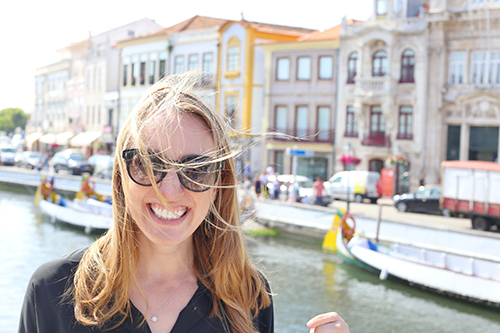

We are immediately taken by the azulejos, the Portuguese blue tiles that cover the inside and outside walls of so many sites. These tiles are both art and construction material, and they come in the form of realistic stories and geometric patterns.
The most traditional are an incredibly calming blue; however, as we explore further, these ornate tiles are found in many other colors and styles. We even get to try our hands at painting them.
While in Sintra, the tiles might reach their pinnacle in the National Palace, the Park and Palace of Pena, and the Quinta da Regaleira. Especially in the National Palace, each room, each wall greets us with a distinct pattern, color and story.
